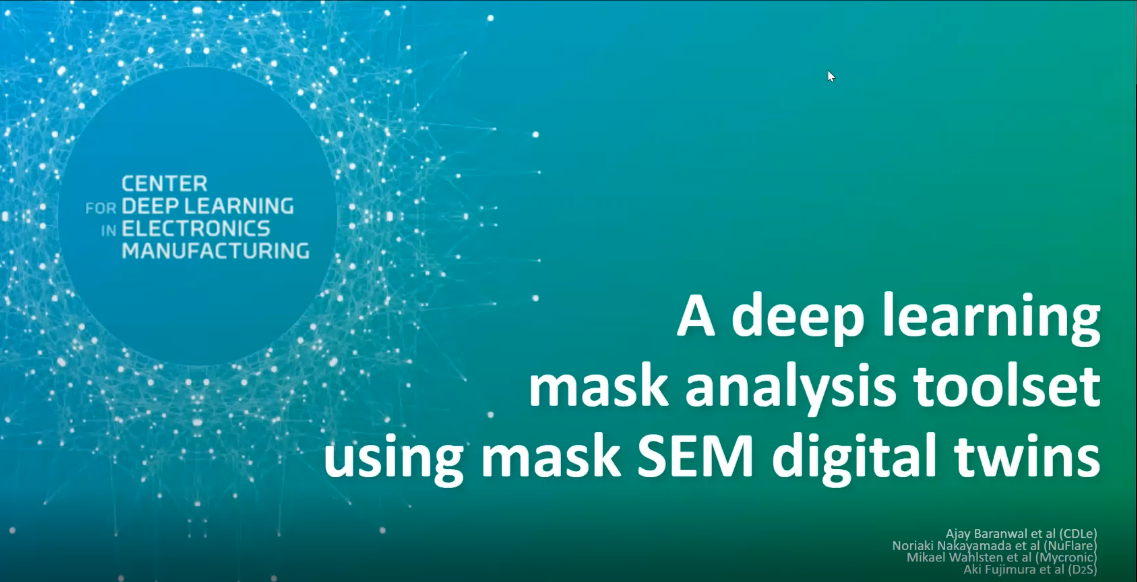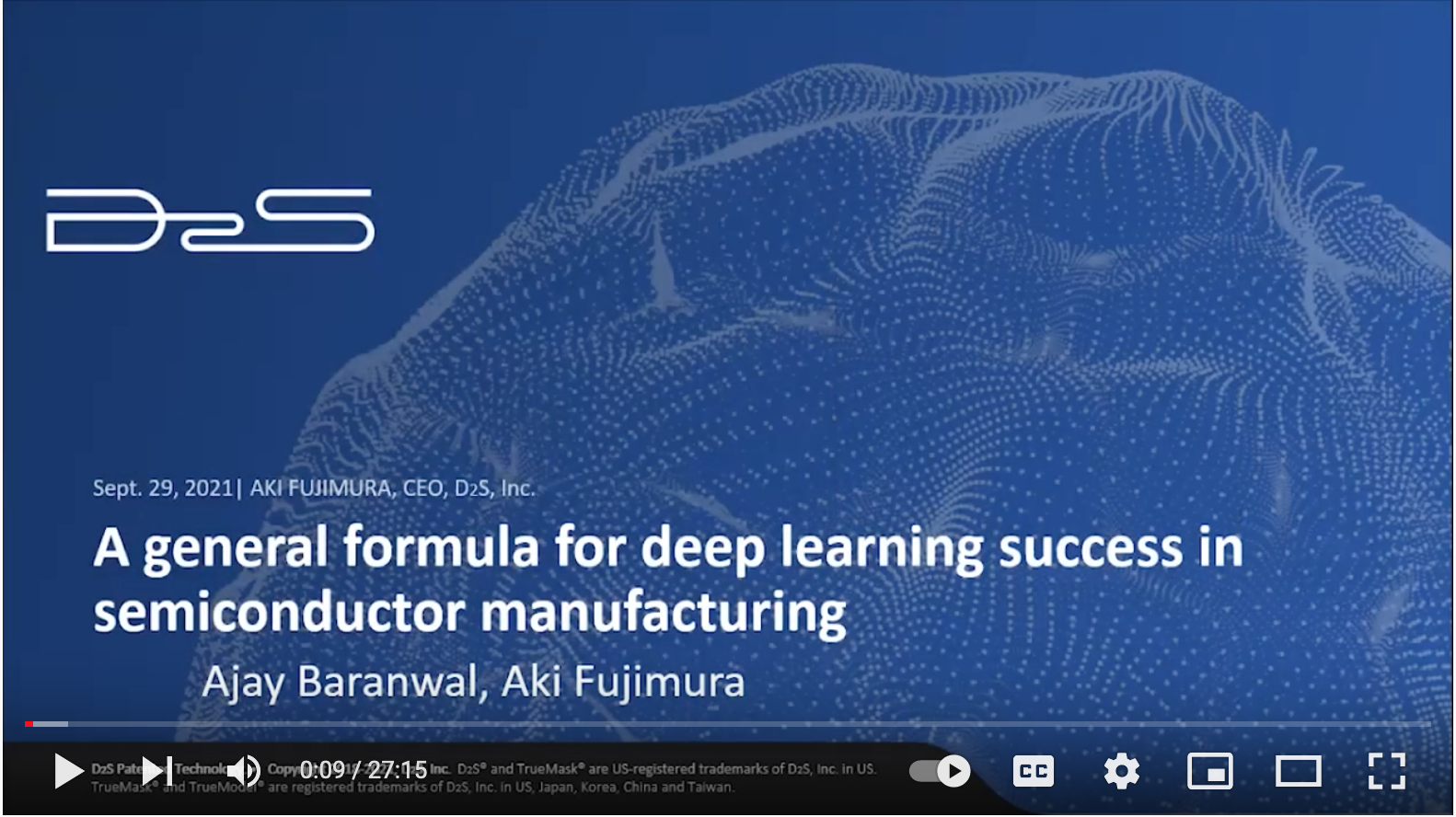“GPU computing has achieved great success in semiconductor design, simulation, and manufacturing. But as process technology shrinks, the physics is becoming increasingly difficult to simulate. At the same time, the sensor data is growing exponentially. This creates an opportunity for data-driven approaches like deep learning to complement physical models. We look forward to supporting CDLe and their efforts to achieve breakthrough results.”
The Center for Deep Learning in Electronics Manufacturing (CDLe) was a five-year (2018-2023) alliance of industry leaders who recognized deep learning’s problem-solving potential for electronics manufacturing. These companies came together to pool talent and resources to advance the state-of-the-art in deep learning for the unique electronic manufacturing problem space and to accelerate the adoption of deep learning in each company’s products to improve our respective offerings for our customers.
Proven Path to Deep Learning Success
Electronics manufacturing companies doing Deep Learning (DL) have found that it’s easy to get to a DL prototype, but it’s harder to get from “good prototype” results to “production-quality” results.
DL for electronics manufacturing is inherently more difficult because the level of accuracy required is orders of magnitude higher than typical DL applications. Reaching this high level of accuracy requires masses of training data, including serious anomalous conditions that (thankfully) rarely occur in production.
This lack of data – particularly anomalous data – creates a data gap between prototype- and production-quality DL applications. CDLe has successfully completed over 30 production DL projects for electronic manufacturing by using digital twin technology to bridge this data gap.
![]()
Digital Twins Bridge the Data Gap
Digital twins – virtual representations of actual processes, systems, and devices – are a key tool for creating the right amount of the right kind of data to train DL networks successfully. For many error conditions, digital twins are the only way to create enough anomalous data to properly train the networks to recognize these conditions.
For more details on the use of SEM digital twins, watch this video by Ajay Barawal, director of CDLe, or read an article covering this topic for Semiconductor Digest.







